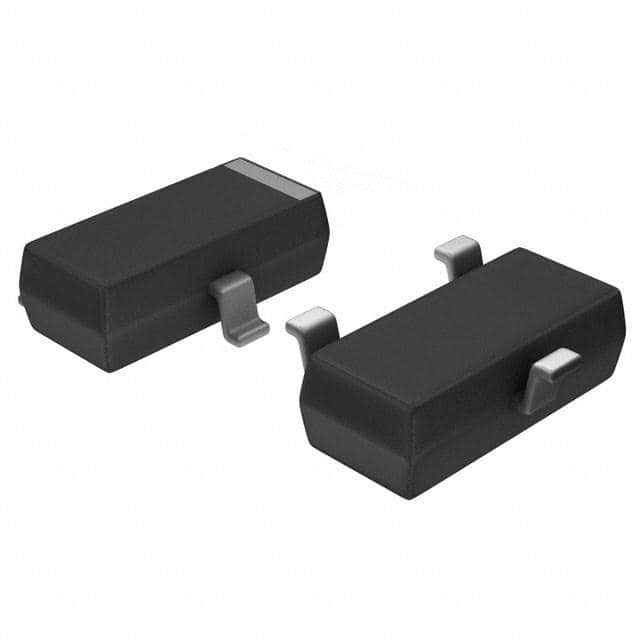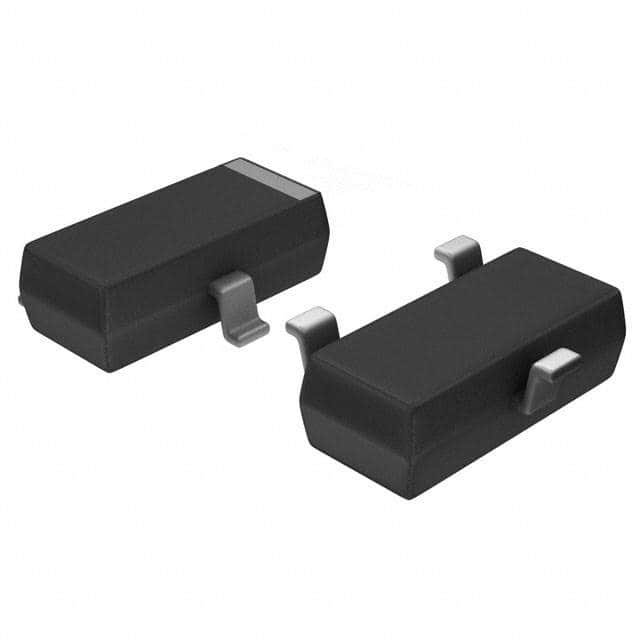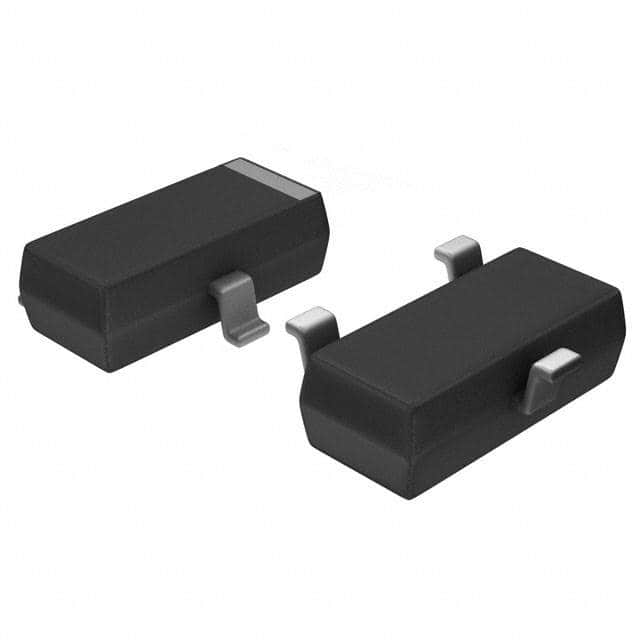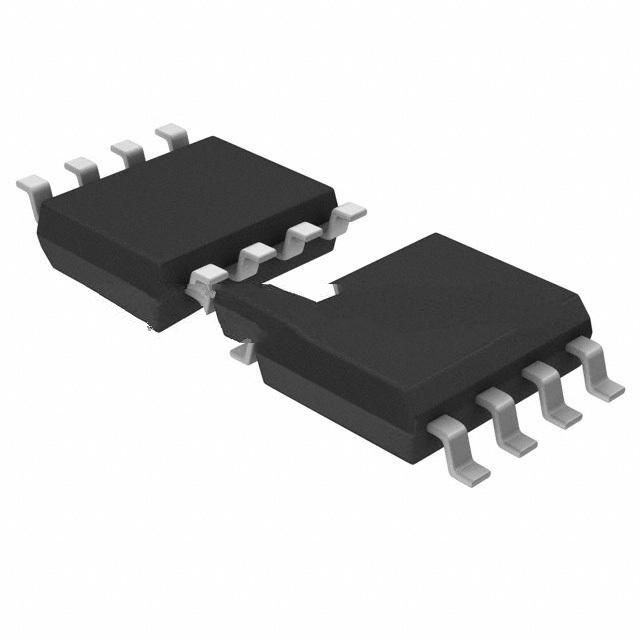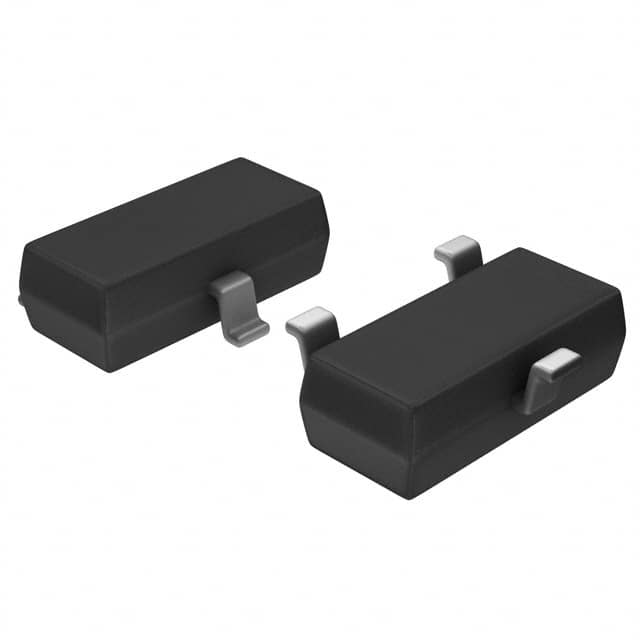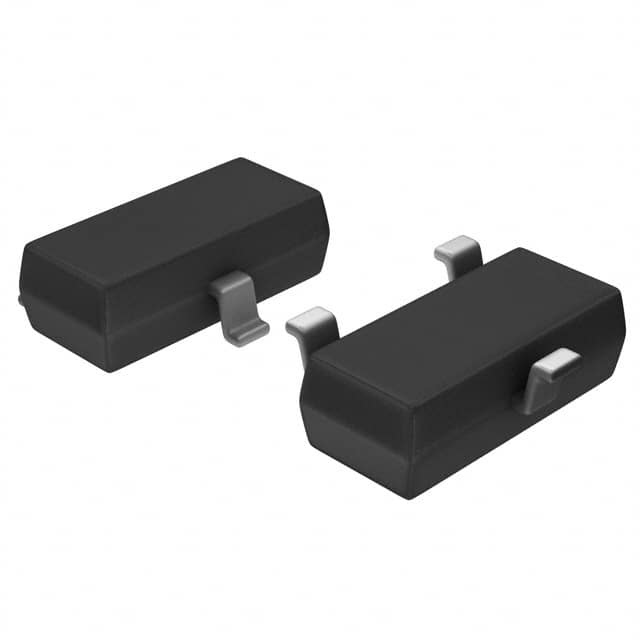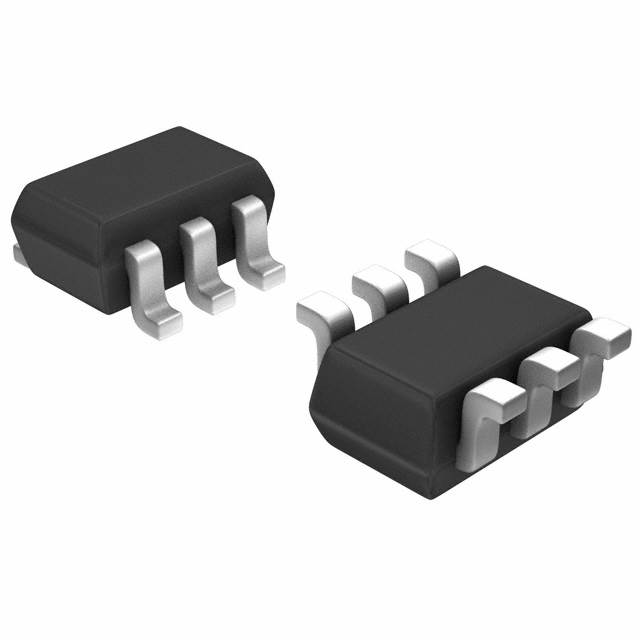TLV431BIDCKRG4 Product Introduction:
Texas Instruments Part Number TLV431BIDCKRG4(PMIC - Voltage Reference), developed and manufactured by Texas Instruments, distributed globally by Jinftry. We distribute various electronic components from world-renowned brands and provide one-stop services, making us a trusted global electronic component distributor.
TLV431BIDCKRG4 is one of the part numbers distributed by Jinftry, and you can learn about its specifications/configurations, package/case, Datasheet, and other information here. Electronic components are affected by supply and demand, and prices fluctuate frequently. If you have a demand, please do not hesitate to send us an RFQ or email us immediately sales@jinftry.com Please inquire about the real-time unit price, Data Code, Lead time, payment terms, and any other information you would like to know. We will do our best to provide you with a quotation and reply as soon as possible.
Introducing the Texas Instruments TLV431BIDCKRG4, a versatile and high-performance voltage reference device designed to meet the demanding requirements of various applications. With its exceptional precision and stability, this product is a reliable choice for a wide range of electronic systems.
The TLV431BIDCKRG4 features a 1.24V reference voltage with a low temperature coefficient, ensuring accurate and consistent performance across a wide temperature range. Its low output impedance allows for excellent load regulation, making it suitable for applications that require precise voltage control.
This voltage reference device also offers a wide supply voltage range of 1.24V to 18V, making it compatible with a variety of power sources. Its small SOT-23 package and low power consumption make it ideal for space-constrained and battery-powered applications.
The TLV431BIDCKRG4 finds applications in various fields, including power management, battery charging, precision instrumentation, and audio amplifiers. It can be used as a voltage reference for analog-to-digital converters, digital-to-analog converters, and voltage regulators, ensuring accurate and stable operation of these systems.
With its exceptional performance, versatility, and reliability, the Texas Instruments TLV431BIDCKRG4 is the perfect choice for engineers and designers looking for a high-quality voltage reference device for their applications.
Voltage Reference is an electronic component or circuit that provides accurate and stable voltage output. It is the standard used to establish the reference voltage in many electronic systems. The voltage reference can be a standalone integrated circuit (IC) or it can be a component included in a larger system. The output voltage of the voltage reference is usually very stable and is not affected by factors such as temperature changes, power supply voltage fluctuations, etc., which makes it an indispensable component in electronic design.
Application
Voltage Reference has a wide range of applications, covering almost all electronic devices and systems that require high-precision voltage reference. In the field of industrial automation, voltage reference is used in precision measuring instruments and sensor signal processing in process control systems to ensure the accuracy of measurement data and the stability of control processes. In the field of communication, as a reference voltage source for key components such as clock generator and signal modulator, it is very important to ensure the quality of communication. In the field of consumer electronics, with the popularity of smart devices, the demand for power management is increasing, and voltage reference plays an important role in battery management systems and charge control. In addition, in the field of medical electronics, aerospace, scientific research and other high-precision requirements.
FAQ about PMIC - Voltage Reference
-
1. What is a CMOS voltage reference?
CMOS voltage reference refers to a voltage standard used for digital circuit transmission. Its output voltage is lower than VSS+0.5V (VSS is digital ground) as logic 0, the output high level is about 0.9Vcc, and the output low level is about 0.1Vcc. The input voltage of the CMOS circuit is high when it is close to the power supply voltage and low when it is close to 0V. It has a wide noise margin and high input impedance.
-
2. What is the reference voltage of the ADC?
The reference voltage of the ADC can be the MCU power supply voltage or the stable voltage provided inside the chip.
When the MCU power supply voltage is used as the reference voltage, the reference voltage of the ADC module is the MCU power supply voltage. For example, if the MCU power supply voltage is 5V, then the reference voltage of the ADC is 5V; if the power supply voltage is 3.3V, then the reference voltage of the ADC is 3.3V12. The advantage of this method is that it is simple and easy to implement, but the disadvantage is that the stability of the power supply voltage will affect the measurement accuracy of the ADC. If the power supply voltage is unstable, the reference voltage of the ADC will also change, resulting in inaccurate measurement results.
-
3. What is a reference voltage IC?
A reference voltage IC is a voltage reference IC. A voltage reference IC is a precise, temperature-compensated voltage source that can provide a specific output voltage value, such as 1.225V, 4.096V or 10.000V. They are mainly used to provide a stable and precise voltage reference in various electronic systems to ensure the stability and reliability of the system.
There are two main types of voltage reference ICs: shunt voltage reference ICs and series voltage reference ICs. The shunt voltage reference IC uses an external series resistor to set the maximum current supplied to the load. It is suitable for situations where the load is almost constant and the power supply changes very little. The series voltage reference IC contains a voltage reference and an amplifier that controls the output voltage. It is suitable for situations where the load current is variable and the output voltage changes strictly when the temperature changes.
 Lead free / RoHS Compliant
Lead free / RoHS Compliant













